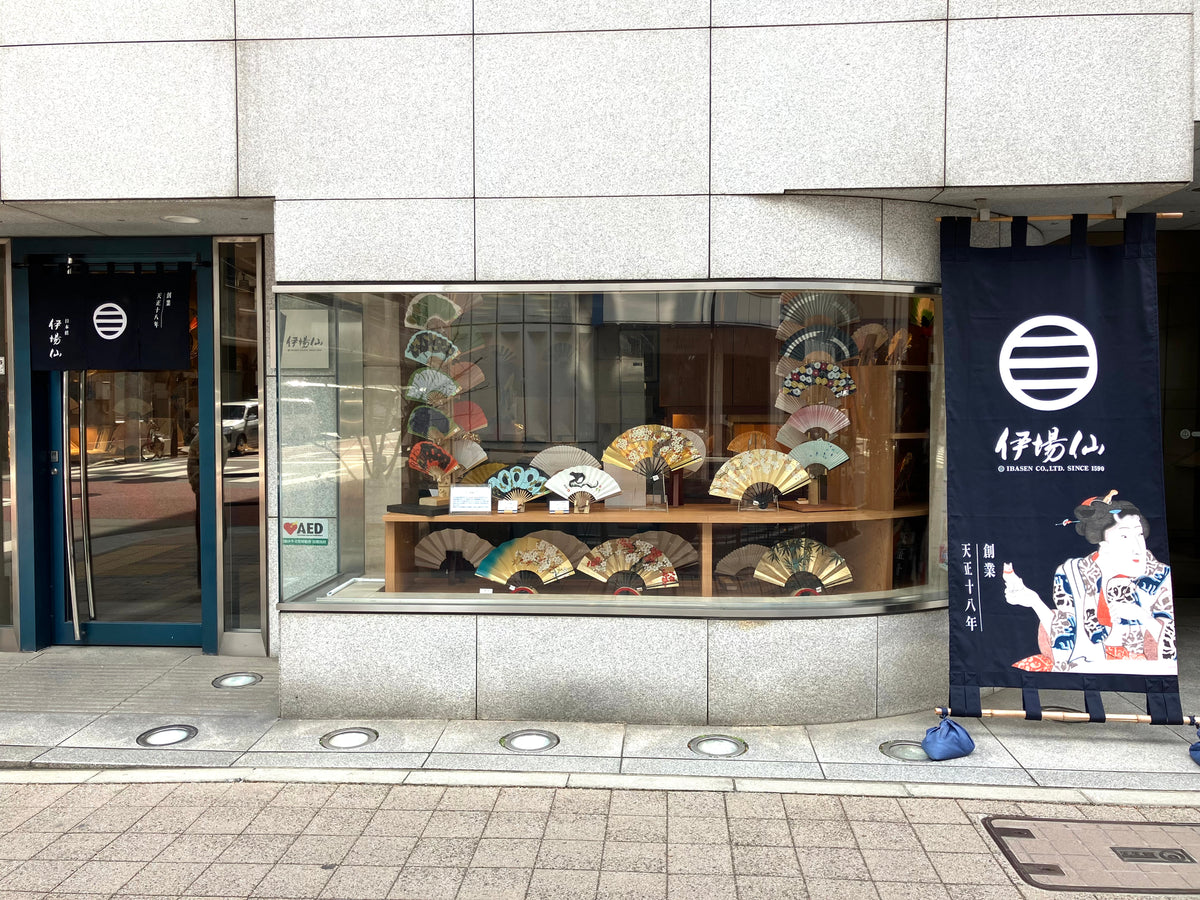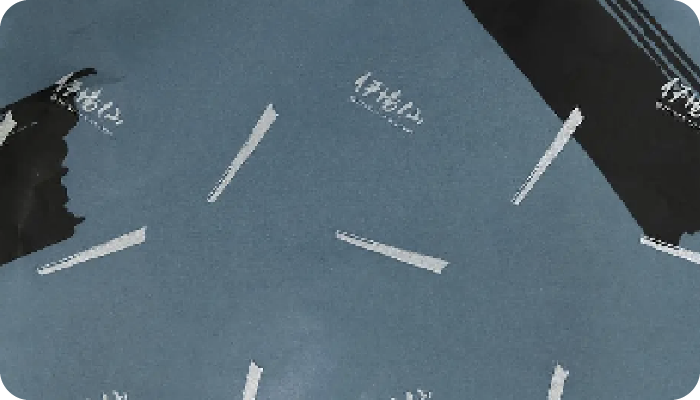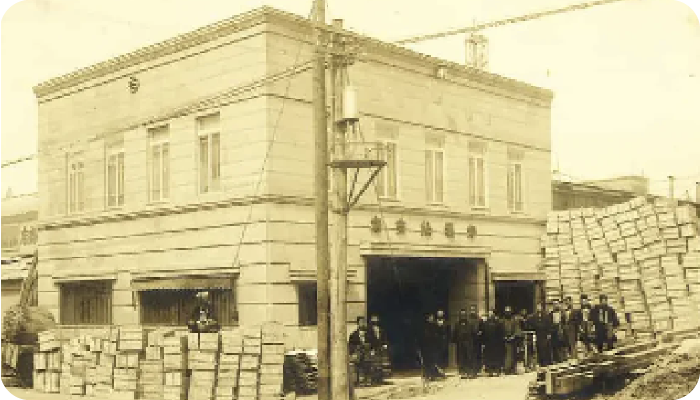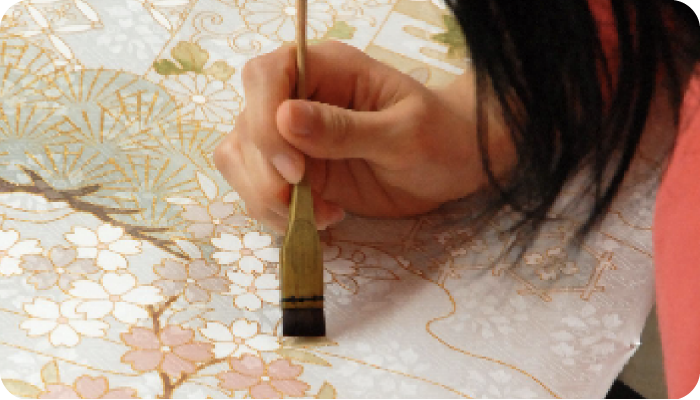What is Ebisu-ko? When it is held, its origin, and nationally famous festivals
Ebisu-kou" is a festival to worship Ebisu-sama. Ebisu-sama is one of the gods of Japan and is famous for being included in the seven gods of good fortune. You have probably seen him somewhere with a fishing rod in his hand, holding a large fish. He is believed by fishermen and farmers to bring bountiful catches, and is also believed by merchants as a god of prosperity. It is also believed in by merchants as a god of prosperity.
In this article, we will explain "Ebisu-ko," an event related to Ebisu-sama. Please read on as we introduce the basics of Yebisu-ko and famous Yebisu-ko in Japan.
What is Ebisu Ko?
What kind of event is "Ebisu Ko"? And at what time of year is Ebisu Ko held? First, let us introduce some basic knowledge about Ebisu-ko.
Events of Ebisu Ko
Ebisu-kou" is an event to worship Ebisu-sama in October of the lunar calendar. The word "ko" has the meaning of a gathering of believers. In other words, "Ebisu-kou" is a gathering of people who believe in Ebisu-sama. Ebisu-ko is held to pray for the prosperity of business, which is the blessing of Ebisu-sama. Depending on how Ebisu-sama is called, the event may be described as "Ebisu-ko," "Ebisu-ko," "Ebisu-ko," "Ebisu-ko," "Hiru-ko," "Ebisu-ko," or "Ebisu-ko.
When Ebisu-kou is held
The dates of Ebisu-ko vary from region to region, but it is usually held on January 10, January 20, October 20, or November 20 every year. In the Kanto region, it tends to be held on January 20 and October 20. Thus, the Ebisu Ko held on the 20th of the month is called "Nijuga Ebisu. On the other hand, in the Kansai region, it tends to be held on January 10. Similarly, the Ebisu-kou held on the 10th of the month is called "Toka Ebisu.
Origin of Ebisu-kou and Ebisu-sama
Ebisu-kou is an event that has been held in many parts of Japan since ancient times. Here, we will explain the origin of Ebisu-kou and the deity "Ebisu-sama" enshrined in the event. The characteristics of the Seven Deities of Good Fortune, including Ebisu-sama, are also explained.
Origin of Ebisu-kou
The month of October in the lunar calendar, in which Ebisu-ko is held, is called "Kaminazuki (神無月)" (神無月). The name "Kananazuki" comes from a legend that the eight million gods throughout Japan gather at Izumo-taisha Shrine in October of the lunar calendar to hold discussions.
While many gods gather at Izumo-taisha in this way, there are also gods who remain in the area to watch over the land and protect the people. One of them is Ebisu-sama. It is said that the Ebisu-ko festival, held in the tenth month of the lunar calendar, Kanashizuki, began as a way to express gratitude to Ebisu-sama, the god who stays behind to protect the land and people.
To begin with, what is Ebisu-sama?
Ebisu-sama is one of the Seven Gods of Good Fortune and is believed to bring about a good harvest and prosperous business. He is depicted as a smiling deity wearing a raven hat and holding a fishing rod in his right hand and a sea bream in his left.
In addition, other than Ebisu-sama, the other seven gods of good fortune have the following figures. If you see a picture of a "treasure ship" with the Seven Gods of Good Fortune and a lot of treasures somewhere, please look for the figure of Ebisu-sama.
Daikokuten (Daikokuten): Daikokuten is a god wearing a hood, holding in his right hand an uchide no kozuchi (a small hammer that brings out whatever you want) and carrying a large sack on his back.
Bishamonten (Bishamonten)...God in the form of a warrior. He holds a "hobo" in his right hand and a "hoto" in his left.
Jurojin: A hermit-like god with a white beard. He is often depicted holding a staff with a scroll attached, as well as a deer or peach, which symbolize longevity.
Fukurokuju: A hermit-like god with a long head and white beard. He holds a staff or scroll in his hand. The difference between Fukurokuju and Jurojin is that Fukurokuju is sometimes depicted together with cranes and turtles, which symbolize longevity.
Benzaiten (Benzaiten) ... is a goddess in the form of a beautiful celestial maiden. She holds a biwa, a stringed instrument, in her hand.
Hoteison (Hotei-son): This deity is characterized by a generous belly and a broad smile. In his hand is around fanHe carries a "kan-nin-bukuro" (a bag of patience) in his hand.
Things to do at Ebisu-ko
In Yebisu-ko, people mainly visit Ebisu-sama and make offerings to him. Some people visit the shrine that enshrines Ebisu-sama and buy lucky charms such as rakes and fukuzasa at stalls. Another custom of Ebisukou is to make offerings to the household altar. Sake, food, and lucky charms are offered. In some regions, live fish are offered in honor of Ebisu-sama, who holds a sea bream. It would be a good idea to check what kind of customs are followed in your area for Ebisu-kou.
Famous Yebisu Ko
Various "Ebisu Ko" are still held as annual events in various parts of the country. If you have something to pray to Ebisu-sama for, why not visit a famous Ebisu Ko? Finally, we would like to introduce three events: Nihonbashi Bettaraichi, Toka Ebisu, and Nagano Ebisu Kou Smoke Festival.
Nihonbashi Bettaraichi
Nihonbashi Betaraichi is an Ebisu festival held in front of the Takarada Ebisu Shrine in Nihonbashi, Tokyo. The market is held on the 19th, the day before the Ebisu Festival, which is held on October 20 every year. The name "betara-ichi" is said to derive from the fact that betara-zuke (pickled daikon radish) used to be sold at the market where offerings were sold. The market has been an autumn tradition in Nihonbashi since the Edo period (1603-1867). Takarada Ebisu Shrine is believed to be beneficial for prosperous business, and during the two days of Ebisu Ko, nearly 500 stalls line the streets, attracting many people.
Toka Ebisu
Toka Ebisu is a festival held at Nishinomiya Shrine in Nishinomiya City, Hyogo Prefecture. Nishinomiya Shrine is known as the head shrine of shrines enshrining Ebisu-sama. The Yebisu-ko festival at Nishinomiya Shrine is held every year from January 9 to 11. It is a major event that attracts nearly one million visitors every year. As one of the largest festivals in the Hanshin area, it is well known throughout Japan. It is especially famous for the ritual of "selecting a lucky man," in which a large number of men run at full speed from the shrine's red gate to the main shrine building on January 10.
Nagano Ebisukou Smoke Festival
In Nagano Prefecture, the annual Ebisu-ko festival is held at Nishinomiya Shrine in Nagano City from November 18 to 20. Since the 1995 Winter Olympics, the fireworks display has been held on November 23, a national holiday. The Nagano Ebisukou Smoke Festival is also known as "Dezei Smoke Festival" among pyrotechnicians, and is famous for attracting some of the best pyrotechnicians in the country.
We encourage you to visit Ebisukyo festivals around the country!
So far, we have provided some basic knowledge of what kind of event Yebisu-ko is. Ebisu-kou, which is held to worship Ebisu-sama, is held at shrines throughout Japan. Every year, on "Nijuga Ebisu" and "Toka Ebisu," stalls line up in front of shrines and gates, attracting many people. If you want to pray for business prosperity, you should definitely visit Ebisu Kou. Please visit the shrine and enjoy the unique events rooted in the local community.



